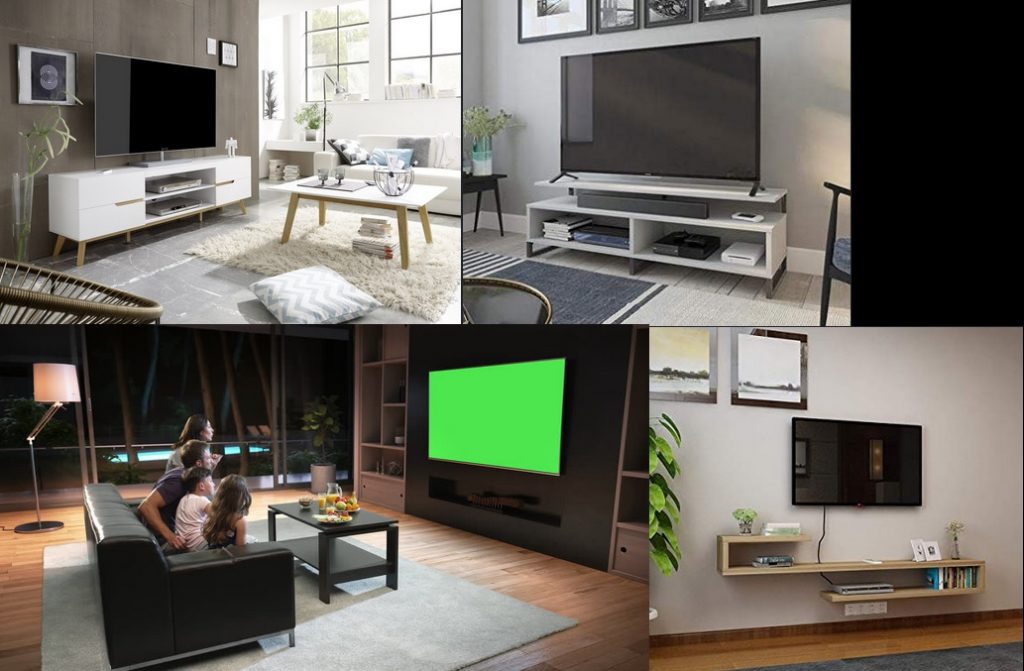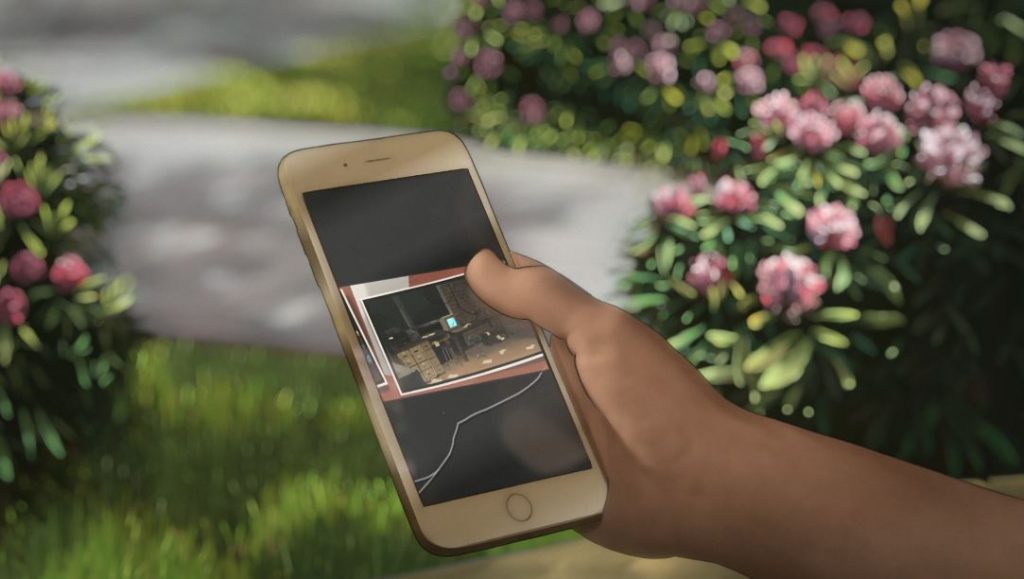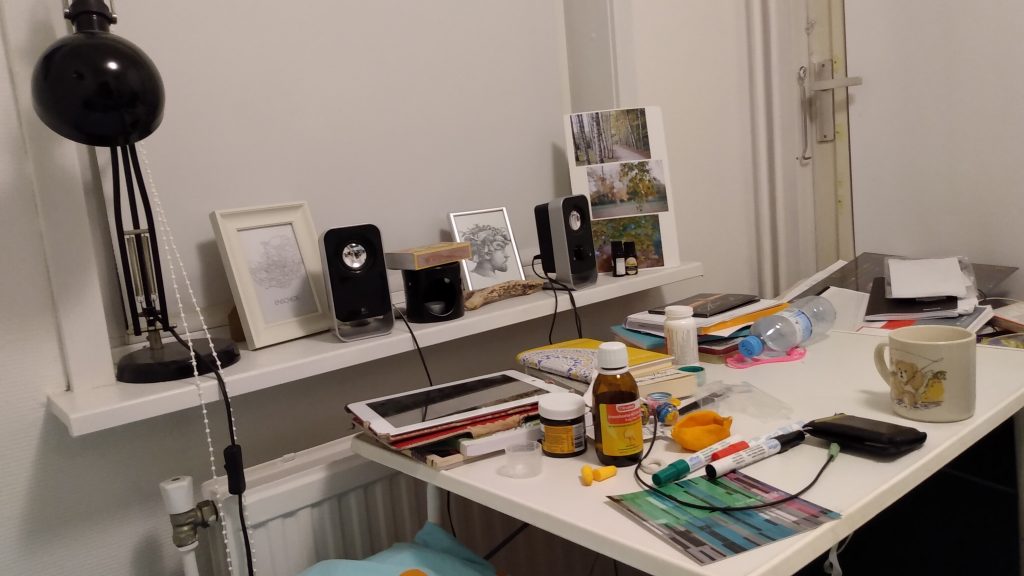Today at the office I was discussing design and advertising with a colleague from product marketing. One of our products was featured in a magazine and I told him something like “This is so cool! but it’s also a lie!”, and he was like “what are you talking about?” and I was like, “Well, I really like the design of our product, but like, where are the cables of this thing? how do you plug it to the electricity?”. This is what I was talking about:

At the company we make the tripod for the TV. Interesting piece of design. It also comes in black. Wireless TV not included.
To my understanding, there are no wireless TVs in the market yet (where are you, innovators?). My colleague was telling me that of course we never get to see how things look like in real life. And of course is not going to happen in advertsing because people don’t want to see this. It’s distracting and not nice. He even mentioned psychological research about that and stressed that the ultimate goal is to make people buy the products. He also remarked that this doesn’t happen only at the company we work, it is a practice in the market, “competitors are not doing it!”
And I totally understand that advertisers do this because they are selling you an aspiration, an ideal, a story. When you buy our tripod, they also place the product in a context that people might find aspiring to live in. A clean, neat, minimalist environment without clutter and white walls, because advertising affects you even when you don’t pay attention to it.

How you never get to see cables or things out of place. Except the last picture, but still.
Which made me also think about the latest video of Natalie Wynn, where she deconstructed opulence, the aesthetic of abundance. One of her remarks is that you don’t need wealth to be opulent. As we can see it in the above pictures, they are selling you a fantasy while also a perspective of what is beautiful and valuable. Which not surprisingly tends to be white and “minimalist”. Quoting Natalie quoting Margaret Talbot this perspective comes from “a tendency to equate whiteness with beauty, taste, and classical ideals, and to see color as alien, sensual, and garish” (but she was talking about ancient white marble statues, which are also a lie).
My colleague was arguing that this is the way it is and we can’t change it. And I was like, oh, you are talking to someone that believes that we make the world we live in. Therefore, we can make it different, bitch. Ok, I didn’t say that last bit, but I did mention the role of media in influencing the way we see and perceive aesthetics. But thankfully, new shows are being produced, and I am noticing refreshing details in the background. For example, this is a still from the show Undone, where we get to see the phone of the protagonist:

The screen is shattered and I find that beautiful. Because things break. Order and perfection is an illusion that we only see in magazines. Aspirations. Someone else’s views to try to sell us a thing that is not broken or messy. I just wonder what would happen when more accurate and diverse representations of people’s lives are “the new normal”. How would this influence design and use? For example, if we value unbreakable things so much, then I would also advocate for designs that are meant to be functional, to last, and that you can repair.
Anyway. My colleague told me we are a commercial company, and we are not going to show cables in our adverts. But I think that once you not see it, you see it. So he sees it now.
Bonus: this is me being transparent about my working station. I am writing from my bed now because it’s cold and also because my desk is a mess. I clean every weekend but enthropy always wins.

Speakers with cables. Lamp with cable. Candle.Frames. Ipad. Medicine. Earbuds. Mug. Wallet. Books. Orange peel. Whiteboard markers. CDs. Pictures. Just like in magazines or pinterest boards. Ok, tomorrow I’ll sort my little mess because it’s also my zen practice.